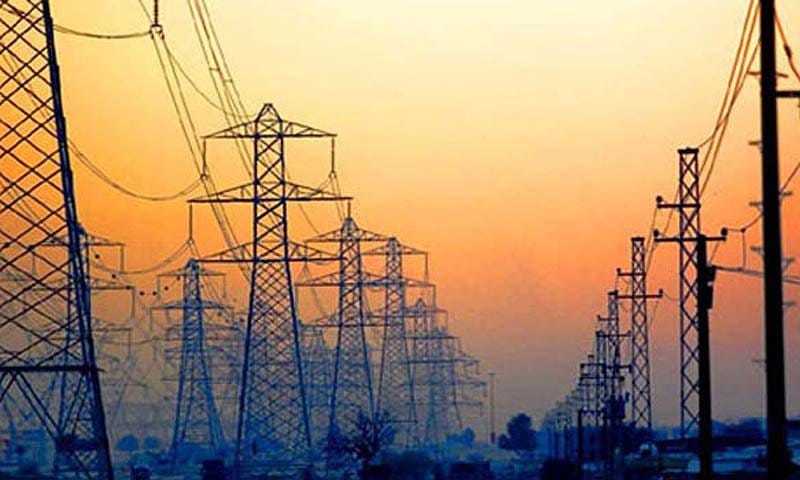The China-Pakistan Economic Corridor (CPEC) was heralded as the panacea for Pakistan’s enduring energy crisis. However, what was sold as an economic lifeline is rapidly morphing into a burdensome debt trap. Pakistan’s capacity payments to independent power producers have soared, now ranking as the country’s third-largest debt obligation—largely a result of hastily concluded agreements with Chinese state-owned power firms.
While billions of dollars were invested in constructing state-of-the-art power plants under CPEC, the underlying power distribution system—namely Pakistan’s Distribution Companies (DISCOs)—was left largely neglected. No substantive reforms were implemented, and no focused budgetary attention was given to modernizing this critical infrastructure. Consequently, even as power plants continue to generate electricity, a deeply inefficient distribution system prevents its effective delivery to consumers. Pakistan now finds itself paying for unused capacity, creating a massive financial strain.
The failure to address the systemic flaws within the energy sector prior to engaging in costly, large-scale infrastructure projects has turned CPEC from a proposed solution into an exacerbating problem. Until Pakistan’s DISCOs are reformed and its distribution grid modernized, any new power plant will only deepen the crisis, leaving the country ensnared in an escalating cycle of debt. The central question remains: will the government pursue further indebtedness, or will it devise tangible solutions to resolve the systemic energy deficiencies?

